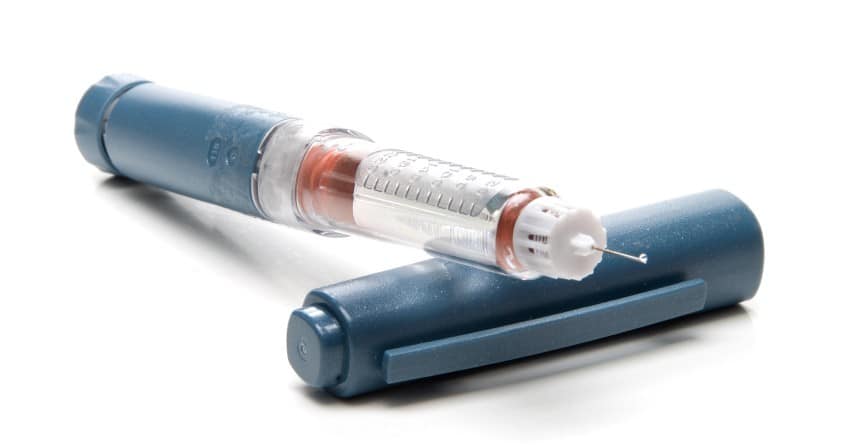Rapid-acting insulin, an analogue insulin type, can be administered intravenously or via an insulin pump and is usually taken just before or right after a meal.
As the name suggests, this insulin works rapidly to lower high blood sugar levels after eating. It’s commonly prescribed for individuals with type 1 diabetes but may also be recommended for those with type 2 diabetes in specific scenarios.
Due to its swift action, there’s a risk of hypoglycemia. Hence, it’s crucial to exercise caution when utilizing this prescription medication.
Understanding Rapid-Acting Insulin
Rapid-acting insulin performs similarly to natural human insulin but acts faster than regular insulin, making it highly effective around mealtimes.
This insulin variant essentially replaces the insulin naturally produced by the body. It helps manage blood sugar levels and inhibits the liver from producing excess sugar, safeguarding your health.
Brands of Rapid-Acting Insulin
At present, three well-known brands of rapid-acting insulin are:
Fiasp and NovoRapid (insulin aspart)
- Onset: 15-30 minutes
- Peak: 30-90 minutes
- Duration: 3-5 hours
Humalog (insulin lispro)
- Onset: 10-20 minutes
- Peak: 40-50 minutes
- Duration: 3-5 hours
Apidra (insulin glulisine)
- Onset: 20-30 minutes
- Peak: 30-90 minutes
- Duration: 1-2.5 hours
Peak Action
Rapid-acting insulin begins to take effect within 2.5 to 20 minutes after injection. Its effects peak between one and three hours and can last up to five hours.
Mirroring the body’s natural insulin response, this type of insulin works quickly after a meal, reducing the risk of hypoglycemia (blood sugar below 4 mmol/L). It’s essential to eat right away or soon after injecting.
Types of Rapid-Acting Insulin
When managing type 1 or type 2 diabetes, here are the two primary types of rapid-acting insulin you might encounter:
Humalog: Often taken in conjunction with intermediate or long-acting insulin to effectively manage blood sugar levels.
Novorapid: Can be combined with longer-lasting insulin types to help maintain average blood sugar levels throughout the day.
